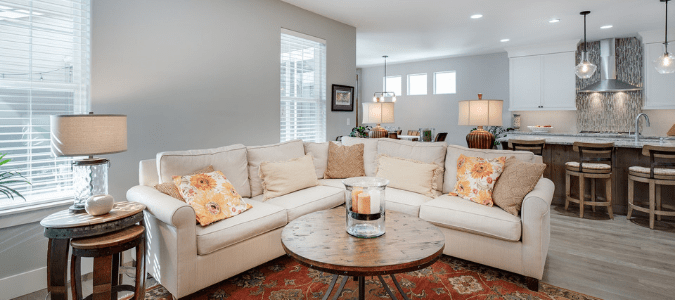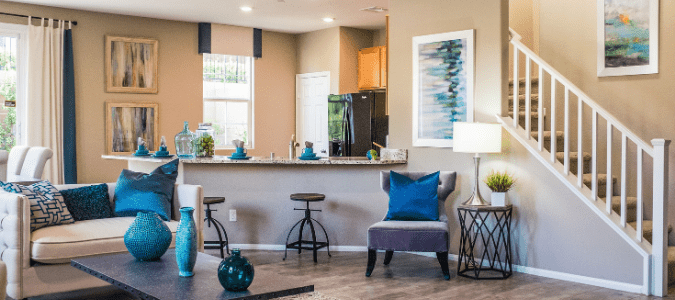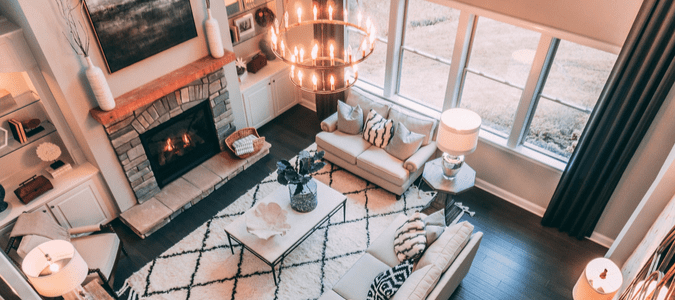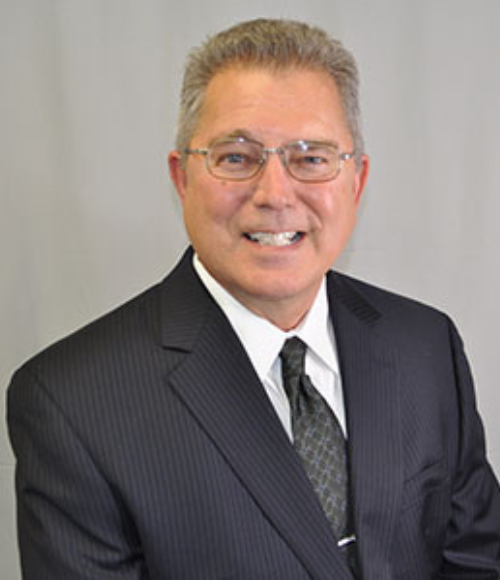When the weather finally turns cool, we want our furnaces to kick on when necessary. When they don’t or when the furnace turns on but there’s no heat, we want to know why and fast. Here are several reasons the heat isn’t working as it should.
Check the Setting
It might seem silly, but not having the thermostat set to heat is often why the heater isn’t turning on. Simply set the desired temperature and turn the unit to “heat” and things should start working correctly.
Safety Switches
All furnaces built after the 1990s have safety switches. They play a crucial role in your heating system. If you have a gas-fueled heater and a switch detects that gas is being supplied to the heater but is not igniting, the switch will turn off the system. They will also turn off your heating system if it gets too hot or if they detect a carbon monoxide leak. Once a switch triggers, there is nothing you can do to turn on the heating system. You will need to call a licensed heating professional to get the system running again.
Check the Flue
Does your heating system vent to the outside? If so, and if your heating system isn’t working, then check your flue. You might have birds or other things clogging the flue. That will cause your heating system not to work properly.
Just a Few Rooms are Cold
Are some rooms warm and others too cold? Your ducts might have a leak. You can attempt to use duct tape for a quick fix, but you will want to call a licensed professional to get the job done right.
Homes that have heat pumps use refrigerant to heat the home. The heat pump reverses refrigerant flow in order to absorb heat from the outside air and discharge that heat into the airflow of the system. Most heat pumps use auxiliary backup heat strips to provide for supplementary heat when it is too cold outside for the heat pump to be effective.
Furnace Runs Then Shuts Off and Starts Again
Usually, when you set your furnace for the desired temperature, it will run until it hits that number and then turn off. When it turns on and off constantly, it’s called short cycling. When this is happening, your preferred temperature won’t get reached and the furnace uses a lot of energy turning off and on.
If you have a gas-powered furnace and it is short cycling, the most common issue is a bad flame sensor. This usually keeps gas from building up in your home. If it is faulty, it can turn off during normal use and require a professional to repair it.
Restricted airflow is a common reason for short cycling. If the heating grates are blocked, air can’t travel throughout your home as is necessary for the proper functioning of the heating unit. It will overheat and stop working. Make sure you don’t have anything covering a vent in your home to ensure the system works properly.
Another cause of short cycling is the furnace getting too hot. Modern furnaces have a safety mechanism built into them that causes the furnace to turn off when it overheats. This prevents carbon dioxide from building up in the air. When this happens you will need to get a licensed professional over immediately.
Additionally, putting the indoor thermostat near a window can wreak havoc on the thermostat’s ability to get a proper reading of the indoor temperature. That reading is key to the system’s ability to determine when it’s time to turn on and warm things up.
How Does Central Heating Work?
What we commonly refer to as AC is really a system to cool the air in a house and also heat it when outside temperatures get cold. The “split system” involves both indoor and outdoor units that work together to distribute cool or warm air in your home via a system of ducts in the house. The crucial components are a thermostat; an outdoor unit that holds a fan, a compressor and a condenser coil; an indoor unit with a fan and an evaporator coil; copper tubing that connects the indoor and outdoor units; and ductwork that runs throughout your home.
If you sense any issues with your system, don’t hesitate to call in a licensed HVAC professional.
Central Cooling Process
Central cooling kicks off when a thermostat senses that the temperature in your home needs changing. In the case of central cooling, the thermostat will alert your cooling unit that the temperature needs to drop. Then, all parts will work simultaneously to get your home to your desired temperature. Once the systems start, they take these steps to cool your home:
- The air moves through filters, removing dust, lint and debris.
- The filtered, hot air blows over the evaporator coil, a portion of your air conditioner that gets filled with liquid refrigerant. The evaporator coil absorbs the heat from the air, which turns the refrigerant into a gas.
- The newly cooled air pumps back into your home via ducts.
- While that cool air is being put into your home, the heat that was recently absorbed needs a place to go, too. So, the heated, gaseous refrigerant passes through a copper tube into the outdoor portion of your air conditioner.
- The refrigerant flows into the compressor, which pressurizes the gas and sends it to the condenser coil.
- The condenser coil releases the heat that used to be in your home from the refrigerant, turning it back into a liquid.
- The process starts again.
ABC Can Make Your Home Comfortable Again
Without a functioning heater or air conditioner, the members of your household can quickly get uncomfortable. If you’re having issues with your unit, contact ABC Home & Commercial Services. We can make HVAC repairs, provide preventative maintenance and can even offer honest advice on when to replace your air conditioner.



